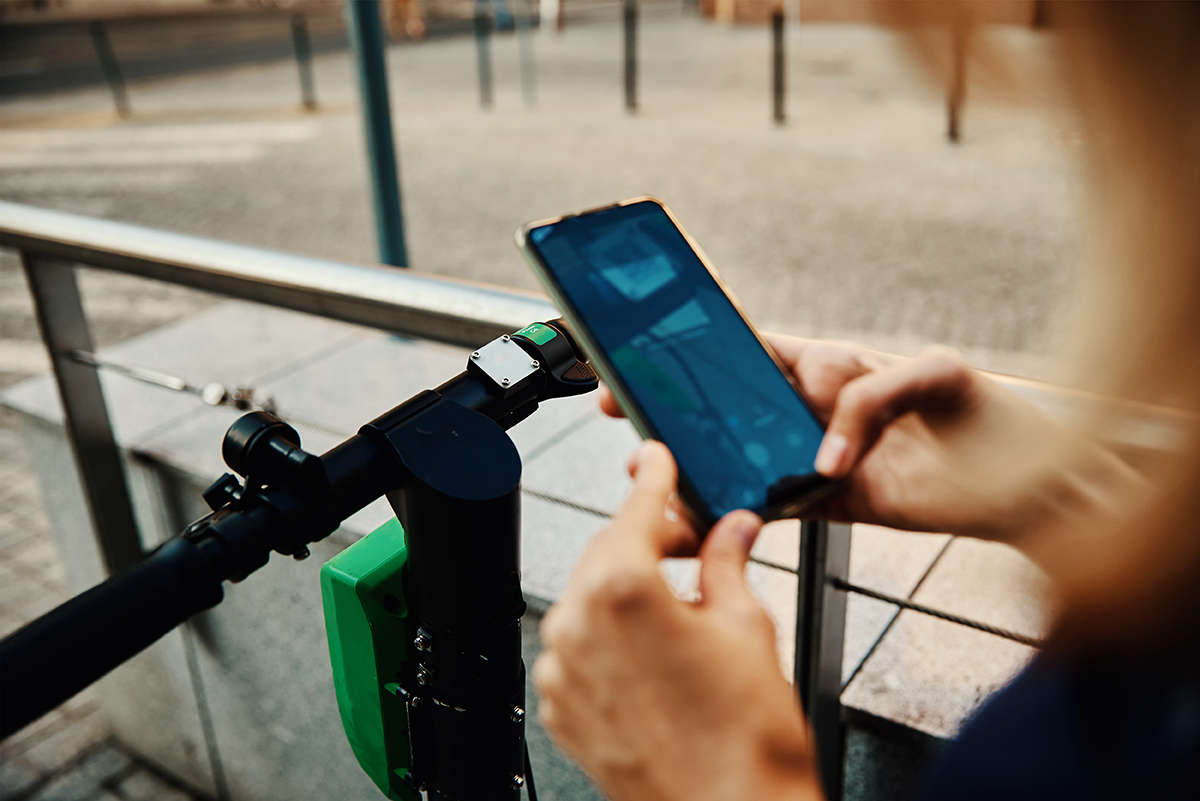Urban Mobility and IoT: Solutions for Traffic

Urban Mobility and IoT: Solutions for Traffic
September 25, 2024
Urban mobility faces increasingly complex challenges worldwide. Congestion can ‘boost’ the traffic in cities, while sustainability issues emerge due to the need to reduce carbon footprints. This leads to crucial investments in technology and infrastructure, among many other factors.
The Internet of Things (IoT) emerge as promising technological response, offering innovative solutions to manage traffic more efficiently, sustainably, and intelligently. This digital transformation aims not just to address immediate congestion problems but to fundamentally change how we live and move in cities.
The Role of IoT in Urban Mobility
Urban mobility and IoT go hand in hand when creating smart cities. The Internet of Things refers to the interconnection of, precisely, things: physical devices, vehicles, infrastructures, and other elements. Thus, information exchange occurs through networks that enable real-time data collection and sharing. In the context of urban mobility, IoT facilitates the creation of more dynamic and integrated traffic systems.
Let’s look at geographical examples! IoT-based solutions have been successfully implemented in cities like Barcelona, Singapore, and Amsterdam. The Catalan city began incorporating IoT technology in 2012 and today has already implemented transformations in terms of energy savings (city’s light consumption). For example, light sensors scattered throughout the Spanish city can detect the presence or absence of pedestrians and manage the light intensity, resulting in a reduction of around 30%.
Currently, 56% of the world’s population lives in cities, but this is expected to rise by more than 10% by 2050 . There are numerous reasons to anticipate future needs soon and to apply IoT strategies.
IoT Solutions for Traffic
IoT solutions for urban mobility are vast and diverse. One iconic example is the implementation of sensors in traffic infrastructures. These sensors can collect real-time data on traffic volume, travel patterns, and even weather conditions. Based on this data, smart traffic lights can adjust waiting times to optimise vehicle flow and avoid heavy traffic during peak hours.
Another practical example is the creation of smart parking systems, where IoT sensors detect the availability of parking spaces and send that information directly to drivers via smartphone apps. This not only reduces the time spent searching for a spot but also decreases unnecessary vehicle circulation, helping to combat congestion.
While it tends to become progressively easier to move around these cities by car, public transport must also keep up with technological advancements. Public transport systems can use IoT to track the location and status of buses, trains, and subways in real-time. This is what we call efficiency!
Digital Transformation and Technological Innovation
The transformation driven by IoT also extends to energy management, security, and even healthcare services. Technological innovation is the main driver of this change, profoundly impacting how we interact with the urban environment.
The Future of Urban Mobility and IoT
Urban mobility and IoT solutions are not just responses to current problems but glimpses into the future of cities. Connectivity continues to evolve, especially with 5G and increased data processing capabilities. At this pace, it will be possible to create fully integrated mobility systems where autonomous vehicles, smart public transport, and even electric bikes and scooters share real-time data. However, despite the promises, implementing these technologies faces significant challenges, including the need for robust infrastructure, data privacy concerns, and coordination among multiple public and private entities. Cities that can overcome these obstacles will be pioneers in creating truly sustainable and smart mobility ecosystems.
By adopting these technologies, cities not only improve our quality of life but also create safer, more efficient, and sustainable environments. At PrimeIT, we seek the most agile and effective approaches. Contact us to help you implement the best technological innovative solutions and digital transformation!